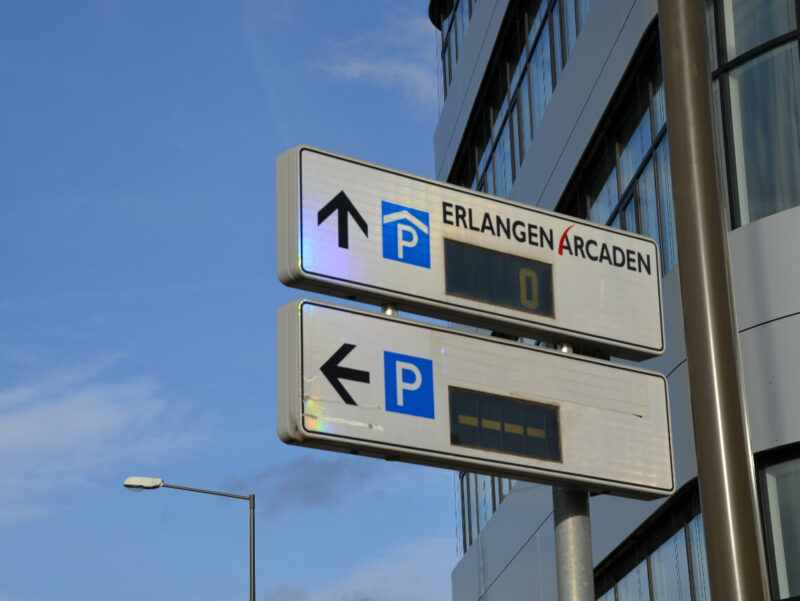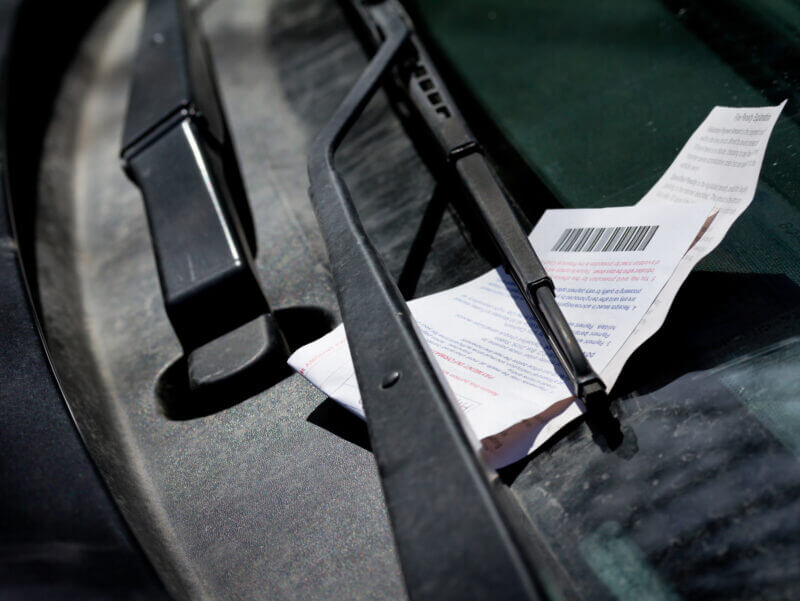Digital parking system architecture - what is it?

The private parking management sector in Germany has so far been predominantly analog. The classic elements of such parking space management include barrier systems with parking tickets. They are easy to install and, at first glance, inexpensive to maintain. However, the trend - especially in inner-city parking lots - is moving towards digital products and services. This is because the digitalization of parking space management not only brings numerous advantages, but also opens up completely new possibilities for parking space operators and their users.
Less effort thanks to automatic license plate recognition
At the heart of a digital parking system architecture are systems for automatic vehicle identification, such as optical license plate recognition. If this technology is installed in a parking space, there is no need for high-maintenance barrier systems. When entering and leaving the parking area, the vehicle's license plate number and time are recorded using a scanner and WiFi hotspot. The data is temporarily stored in the cloud for later comparison. This makes it possible to charge by the minute for metered parking spaces. It is also possible to track which vehicle is in which parking space at any time - transparently and securely. Payment is convenient and cashless via smartphone. It is also possible to integrate the payment system into existing customer apps, for example at shopping centers, hotels or fitness centers.
Data protection and data security naturally also play an important role here. The data collected in a parking space is stored locally and deleted again after the customer has left. The system can be used to track and control who has access to which data and when at any time. This ensures that customer data is absolutely secure.
Simple extension with parking guidance systems
The digitalization of technology, organization and payment in parking management also leads to a considerable reduction in administrative costs: This makes environmentally harmful paper or plastic tickets, parking disks and the majority of parking machines superfluous. Another advantage of the digital infrastructure is that it can be expanded and optimized as required. For example, digital signage or digital parking space allocation can replace the tiresome search for a free parking space. Parking tariffs and times can be dynamically adapted to individual circumstances and combined with bonus models. In addition, unauthorized parking vehicles can be identified effectively and cost-effectively.
Numerous disadvantages of analog parking systems can be overcome by using digital technologies. Where traffic jams still form in front of barriers at peak times today, traffic flows will be managed dynamically in the future. The focus can be placed on the individual needs and times of use of the parkers, thus achieving optimum occupancy of the available parking spaces (e.g. parking spaces for employees who are on business trips or on vacation).
Digital parking system architectures make it possible to effectively structure parking areas with lean modules, optimize movement sequences and at the same time offer drivers a convenient service.





